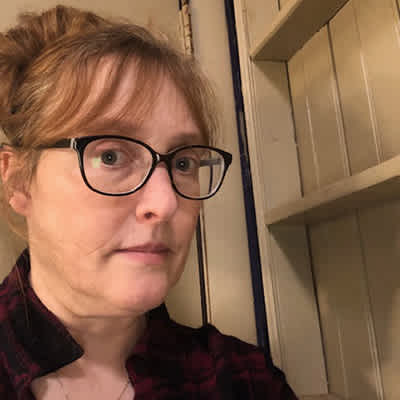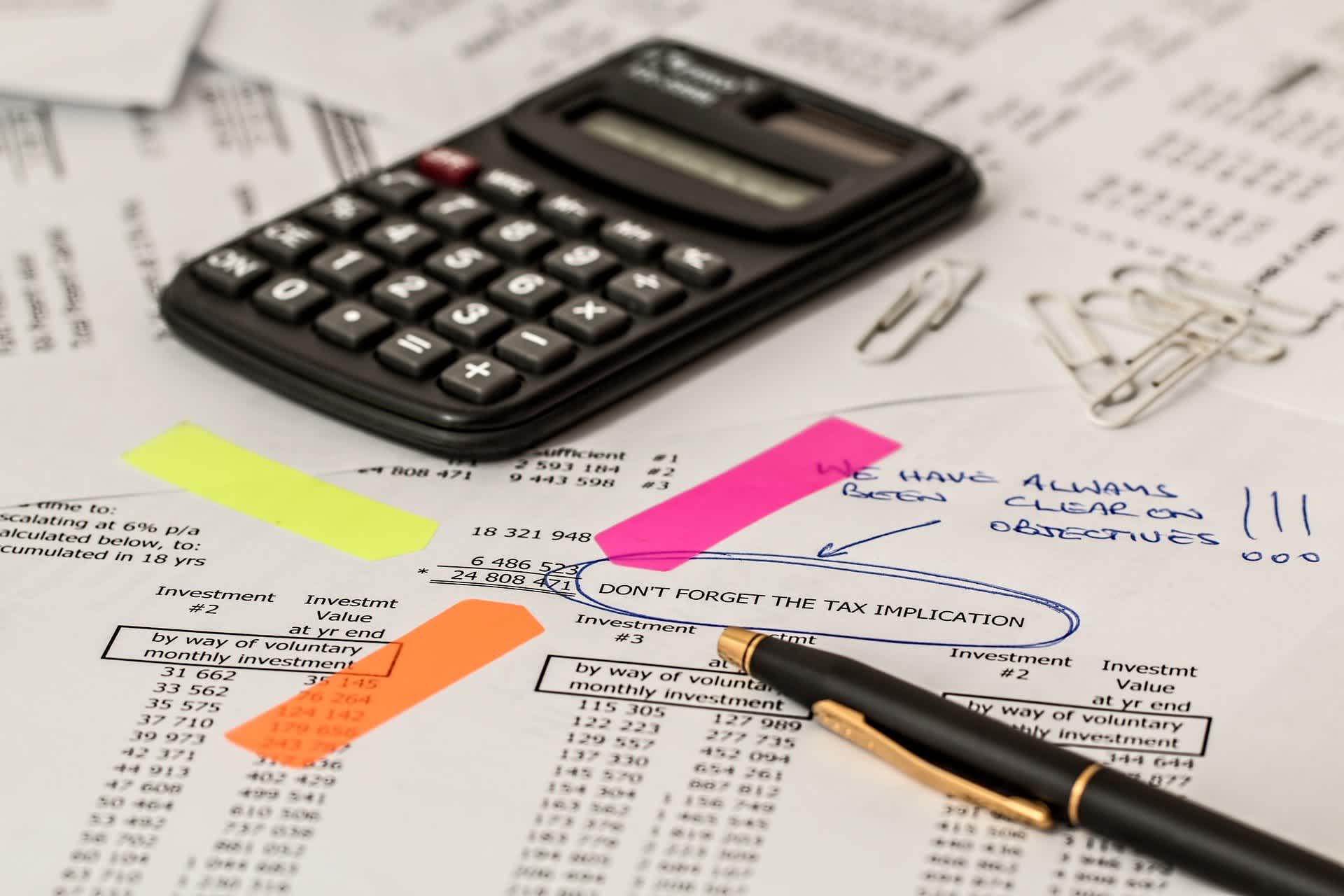Retirement Accounts
Teachers often have access to retirement strategies not available to others. Since these can differ by state, we’ve outlined what you should take into account.

Gail Kellner
•
Published May 29th, 2020
•
Updated December 7th, 2020
Table of Contents
Key Takeaways
Teachers may get pensions (if they work long enough).
Some states do not take out Social Security benefits for teachers, so you may not be able to count on Social Security.
You should contribute to 403(b) or 457(b) retirement plans to maximize available funds in retirement.
If you’re a teacher, you have access to retirement strategies that others might not have. On the flip side, a full 40% of teachers will not be able to count on Social Security benefits in retirement. Whether or not you get Social Security benefits as a retired teacher depends on what state you live in, but either way, you’ll need to plan accordingly. The earlier you start planning for retirement, the more likely you are to achieve financial security.
Understand your Social Security options
Do teachers get Social Security? Originally, state workers were left out of the Social Security Act of 1935. When the Social Security Act was expanded, many states chose to extend coverage to their state workers. However, about fifteen states did not. These are:
- Alaska
- California
- Colorado
- Connecticut
- Georgia (some areas)
- Illinois
- Kentucky (some areas)
- Louisiana
- Maine
- Massachusetts
- Missouri
- Nevada
- Ohio
- Rhode Island (some areas)
- Texas
Do teachers pay into Social Security? Yes, if they live in one of the states that chose to extend coverage: Alabama, Arizona, Arkansas, Delaware, Florida, Hawaii, Idaho, Indiana, Iowa, Kansas, Maryland, Michigan, Minnesota, Mississippi, Montana, Nebraska, New Hampshire, New Jersey, New Mexico, New York, North Carolina, North Dakota, Oklahoma, Oregon, Pennsylvania, South Carolina, South Dakota, Tennessee, Utah, Vermont, Virginia, Washington, West Virginia, Wisconsin, and Wyoming.
To make things even more confusing, Social Security benefits vary within some states. A good idea is to meet with a financial advisor, but you can also use many teacher resources that are available to you to help with financial planning. Check the website of your state teachers’ association, and check the Teacher Retirement System in your state (each state has their own). You should be able to connect with advisors or benefits counselors who are familiar with the rules in your state.
If you live in a state that doesn’t deduct Social Security taxes from your check, you won’t get any Social Security benefits when you retire. However, if you change jobs you will probably start contributing; the average person changes jobs roughly 12 times in their lifetime. You will earn enough work credits to qualify for Social Security benefits after about ten years.
You might qualify for Social Security benefits through your spouse, but keep in mind that if you also have a pension it will reduce the amount of Social Security benefits they qualify for.
Save beyond your pension
Originally, the fifteen states that decided not to extend coverage to state employees did so because they thought state pension funds were a better source of retirement income. States have different waiting periods, but usually you have to be a teacher for at least 5-10 years before you qualify for a pension.
Do teachers get pensions? Check with your employer, school district, or your state’s pension provider to find out when you qualify and how much your pension will pay. According to the Bureau of Labor Statistics, 87% of teachers participate in a defined benefit pension plan. However, your pension money may not be enough to allow you to live comfortably in retirement. Some teachers are paid only during the school year, while others have their paychecks stretched across the twelve month calendar. Teachers that are not actively teaching during the summer have an opportunity to seek other employment (inside or outside education) to increase cash flow and allow for additional savings. Either way, it’s important to start saving money as early as possible.
Questions about your retirement strategy? We're here to help.
Schedule your FREE Retirable consultation today.Open a defined contribution plan
There are two types of defined contribution plans: 403(b) and 457(b) plans.
403(b) Plans are similar to 401(k) plans, in that they offer tax-deferred investment opportunities through money deducted directly from your paycheck. The only difference is 403(b) plans are available only to non-profit organizations.
If you prefer to pay taxes on your contributions now (rather than when you withdraw the money) you can open a Roth 403(b) if your employer offers it.
Investment opportunities are limited to those chosen by your employer. Another thing to be aware of is that 403(b) plans often have high fees, higher than those for a 401(k).
The limit on elected deferrals for 2021 is $19,500, amounting to no change from the limits in 2020. However, if you’re over 50 you still can make catch-up contributions of up to $6500 over the basic limit.
457(b) plans are similar to 403(b) plans; you contribute to the account through deductions in your paycheck and the money is tax-deferred until you withdraw it. These are available to government employees and may be available to you if you work in a public school. Employers don’t often match contributions to 457(b) plans. However, they have one big advantage: if you leave your job, you can start withdrawing on the account with no penalties, even if you are not 59 ½. Some 457(b) plans also allow for a penalty free fund withdrawal due to “hardship.” The plan language will specifically define what is allowable for “an unforeseeable emergency.”
You may be able to contribute to both a 403(b) and a 457(b), in which case the limits are either 100% of an employee’s includible compensation or $19,500, whichever is less. But if your employer offers both, you can contribute up to the maximum in both accounts, or $39,000.
Consider working after retirement
There are many opportunities for teachers to continue working part-time or even full time without having to manage a classroom. Consider:
- Online classroom teacher
- Online tutoring
- Writing coach
- Educational consultant
- Educational writer
Or you could take on a different career for a change of pace. If your health is good, consider working after retirement, at least part-time. It offers financial and social benefits. It also may offer some health insurance, and you can let your investments earn money for a few more years.
Bottom line
Teacher benefits and retirement strategies can be confusing, especially since they largely depend on the state you live in. If you find yourself overwhelmed, talk to a Certified Financial PlannerⓇ to figure out how to maximize your retirement benefits.
Share this advice

Gail Kellner lives with her husband, two sons, and various fur-children. She writes about personal finance and insurance mostly, with a little bit of parenting thrown in. She also writes YA Fantasy fiction in her spare time, and her first YA novel will be published later this year.
Share this advice

Gail Kellner lives with her husband, two sons, and various fur-children. She writes about personal finance and insurance mostly, with a little bit of parenting thrown in. She also writes YA Fantasy fiction in her spare time, and her first YA novel will be published later this year.




